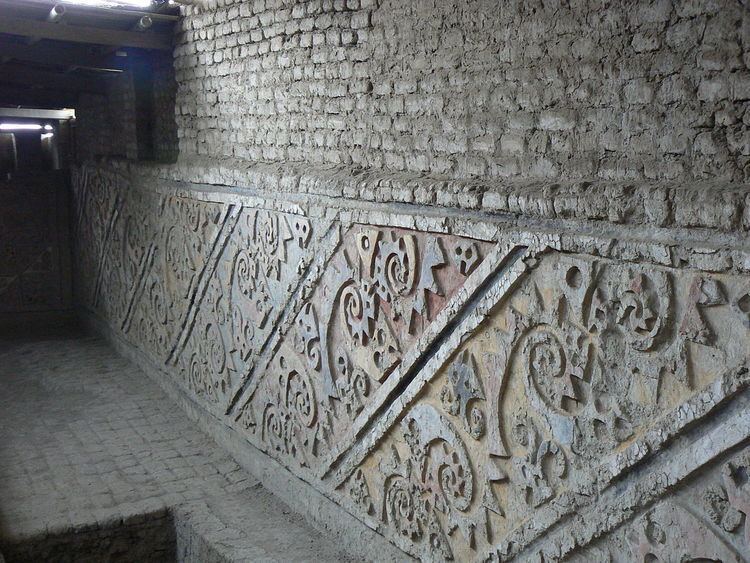Established Mochica era Phone +51 939 326 240 | Address Peru | |
 | ||
Hours Closed now Tuesday9AM–5PMWednesday9AM–5PMThursday9AM–5PMFriday9AM–5PMSaturday9AM–5PMSunday9AM–5PMMonday9AM–5PM Similar Huaca del Sol, Huaca del Dragón, Huaca Cao Viejo, Huaca de la Luna, Cathedral Basilica of St Mary | ||
Billo s caracas boys el brujo
The El Brujo Archaeological Complex, just north of Trujillo, La Libertad Province, Peru, is an ancient archaeological site that was occupied from preceramic times. Huaca Prieta is the earliest part of the complex. Later, the site was part of the Cupisnique culture and the Salinar culture.
Contents
But the biggest constructions on the site belong to the Moche culture. In this area, there are also the remains of the later Lambayeque and Chimú.
Tribute to johnny el brujo cruz
Moche period
Huaca El Brujo (or Cortada/Partida) and Huaca Cao Viejo (or Huaca Blanca) were built by the Moche sometime between AD 1 and 600. Huaca Cao Viejo is famous for its polychrome reliefs and mural paintings, and the discovery of the Señora de Cao, the first known governess in Peru. Both appeared in National Geographic magazine in July 2004 and June 2006. The site officially opened to the public in May 2006, and a museum exhibition was proposed for 2007.
17th-century
A 17th-century letter found during excavations at the site may contain translations of numbers written in Quingnam or Pescadora using the decimal system, the first physical evidence for the existence of these languages (if they are not different names for the same language). Archaeologists believe that the language was influenced by Quechua, an ancient tongue still spoken by millions of people across the Andes.
